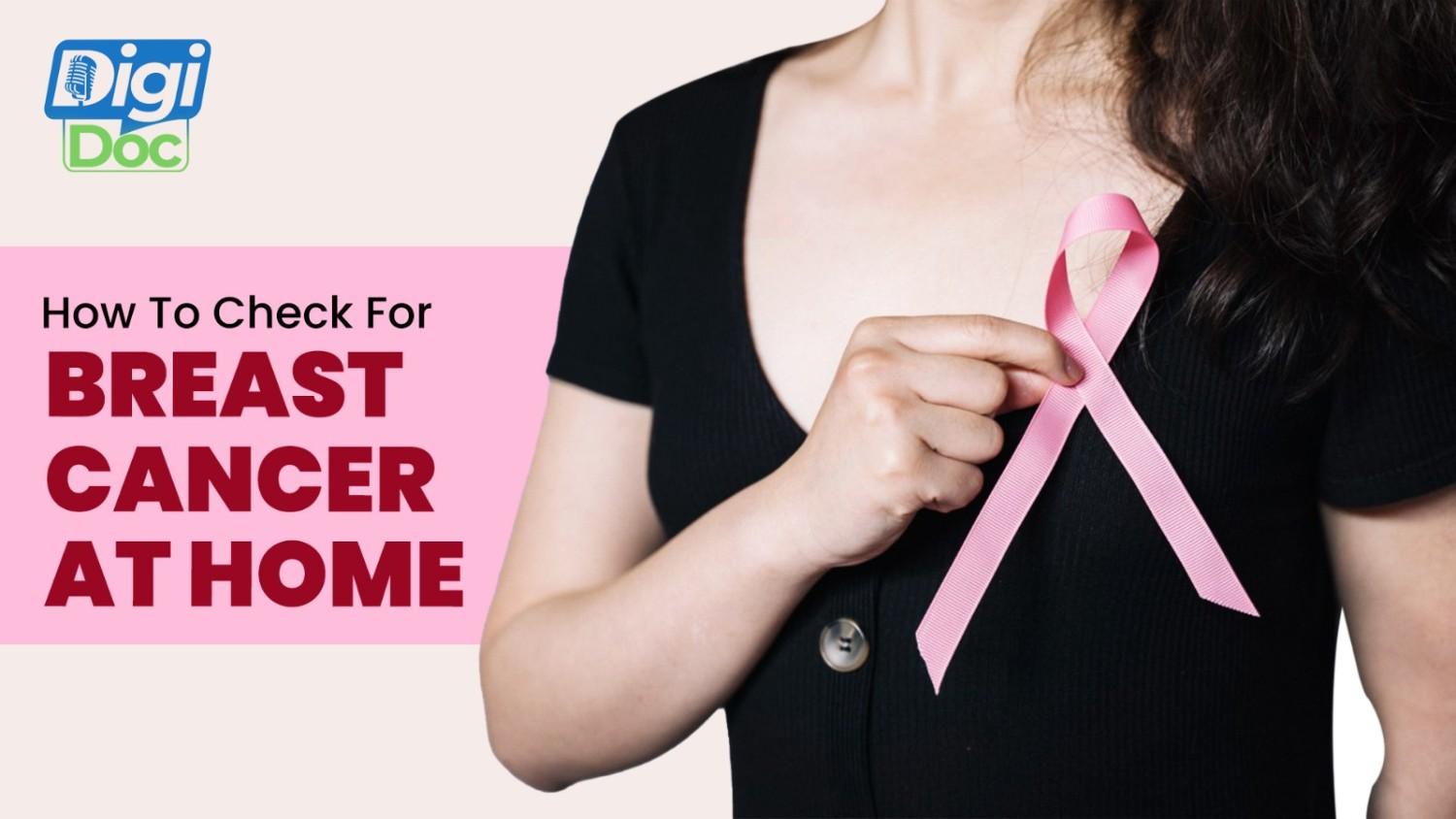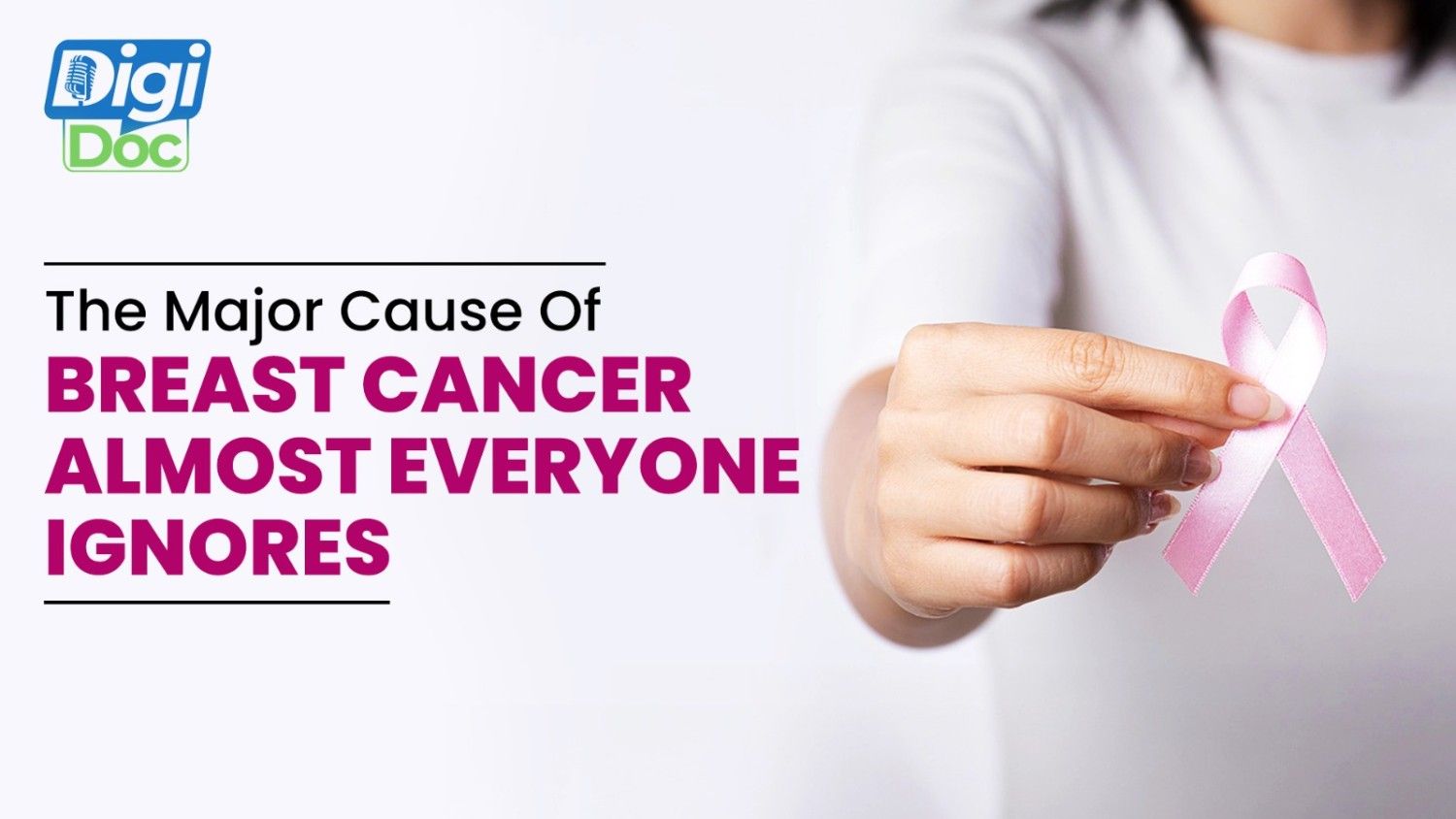Breast Self-Check Tool
Answer the questions below to perform a basic self-check for early warning signs of breast cancer.
Introduction
Despite how advanced the technology is to detect breast cancer and the treatments available, breast cancer can affect anyone, and early detection saves lives. While you will still want to get a mammogram and clinical exam, taking the time to learn how to do a breast self-exam at home puts you in control of your own body and can help you identify warning signs sooner.
It’s easy. It takes a few minutes. And it could be life-changing.
This guide provides information on how to check for breast cancer at home, what to look for, and when to ask for help.
Why Do a Breast Self-Exam?
Your body speaks, and a self-exam helps you hear it. If you regularly examine your breasts, you can:
- Detect any changes sooner.
- Get familiar with how your breasts feel normally.
- Feel more in control of your health.
- Become more confident when speaking with doctors.
It is not a substitute for mammograms, but it certainly helps with your awareness.
When and How Often to Perform a Breast Self-Exam:
You should perform a breast self-exam at least once a month. A good time to do this is a few days after your period ends, when breasts are least sensitive and/or swollen.
If you do not get periods (due to menopause or other reasons), choose a date each month (such as the 1st or 15th).
Must Read: Breast Cancer Treatment Cost in India: A Complete Guide
Step-by-Step Guide: How to Check for Breast Cancer at Home
Part 1: Check Yourself in the Mirror
- Stand in front of a mirror with your shoulders straight and arms by your sides.
- Look carefully at both breasts. Check for:
- Differences in size, shape, or symmetry
- Dimpling or puckering of the skin
- Changes in nipple shape or direction
- Redness, rash, or swelling
- Visible lumps or bulges
- Raise both arms overhead and look again:
- Observe how your breasts move or change shape.
- Look for any differences compared to the previous step.
- Check for any fluid (discharge) from nipples:
- This could be watery, milky, yellow, or bloody.
Part 2: Check Yourself in the Shower
- Raise one arm behind your head (e.g., your right arm) to flatten the breast on that side.
- Use the opposite hand (left hand) to feel your breast using the pads of your fingers.
- Move your fingers in small circular motions, applying light, medium, and firm pressure.
- Cover the entire breast area: from the collarbone to the top of the abdomen and from the armpit to the cleavage.
- Use a consistent pattern (circular, vertical lines, or wedges) to ensure full coverage.
- Repeat on the other side, raising your left arm and using your right hand.
Bonus Step: Check While Lying Down
- Lie with a pillow under your right shoulder and your right arm behind your head.
- Use your left hand to examine your right breast as described above.
- Switch sides and repeat.
What to Look For: Warning Signs of Breast Cancer
When you do your exam, be on the lookout for:
- A lump or a thickened tissue that feels unusual
- Any change in size, shape, or feel of the breast or the nipple
- Nipple discharge (especially blood or clear fluid that is not milky)
- Swelling, even if a lump is not felt
- Dimpling or puckering skin
- Itchy or scaly rash on the nipple
- An inverted nipple (all of a suddenly turns in)
- Pain that is persistent in one area
NOTE: Not all lumps are cancerous, and many are benign, especially for younger women, but always check with your physician.
Must Read: Is Stage 2 Breast Cancer Curable
When to See a Doctor
If you notice something different, don’t freak out, but don’t just step over it either.
See your doctor if:
- A lump feels hard and does not go away after your next cycle.
- • Do you notice any changes in your skin or nipples?
- You feel something in 1 breast but not the other.
- You have discharge from your nipple, especially if it’s spontaneous.
Self-Exam vs. Mammogram vs. Clinical Exam:
| Type of Exam | What It Is | When to Do It |
| Self-Exam | Monthly at-home check using hands & eyes | Once a month |
| Clinical Exam | Done by a doctor or nurse | Every 1–3 years (20s–30s); yearly (40+) |
| Mammogram | Low-dose X-ray to detect internal lumps | Yearly from age 40 or as advised |
Risk Factors for Breast Cancer
Understanding your levels of risk can help you decide how often you should be screened.
- Age: Risk increases at 40 years old.
- Family history: Particularly first-degree relatives
- Genetic mutations, like BRCA1/BRCA
- Obesity or lack of exercise
- Hormone therapy after menopause
- Alcohol consumption
Regardless of an individual’s risk level, being self-aware should be practiced by everyone.
Empowerment & Awareness:
Performing a breast self-exam is not just a healthy habit; it’s another way to practice self-care and empowerment! The more you know your body and what’s normal for you, the sooner you can take action if something seems wrong.
Pass it on to your moms, daughters, sisters, and friends, it might just save a life!
FAQs
1. How do I check my breast for cancer at home?
Use your eyes and hands to examine each breast on your monthly breast self-exam. You can examine in front of a mirror, feel while in the shower, and feel while in a lying-down position for any lumps, swelling, or changes.
2. What does a cancerous lump feel like?
Lumps often feel hard and irregularly shaped and don’t move easily. It is important that any lumps should be assessed; not all lumps are cancerous.
3. Should I be worried about breast pain?
No, not necessarily! Breast pain is often hormonal, and it is very common! But if the pain is persistent and localized, it is worth considering a checkup.
4. How often should I do a self-exam?
The timing is best about once a month, a few days after your monthly period has ended. Post-menopausal women would pick a consistent date each month.
5. Can you detect breast cancer without a mammogram?
Some changes someone might feel or see from a self-exam, but the greatest benefit comes from regular mammograms, which help detect lumps before they are felt. Self-exam is a helpful addition, but certainly is not a replacement.
Conclusion
Committing a few minutes each month for a breast self-exam will contribute to early detection! Breast self-exam is simple, self-exam is free, and self-exam can help you stay connected to your health.
Your body is always talking to you; make sure you’re always listening.




